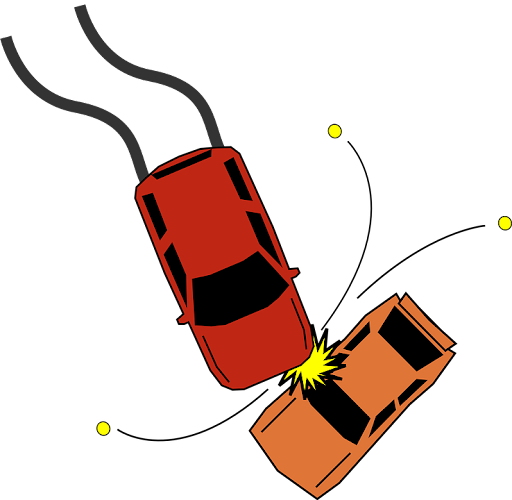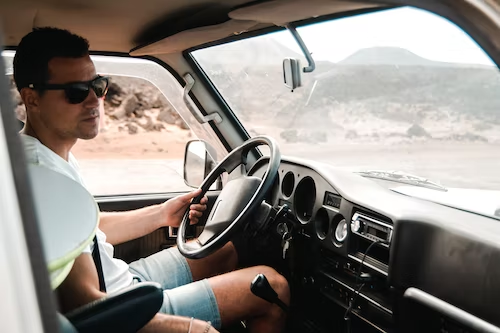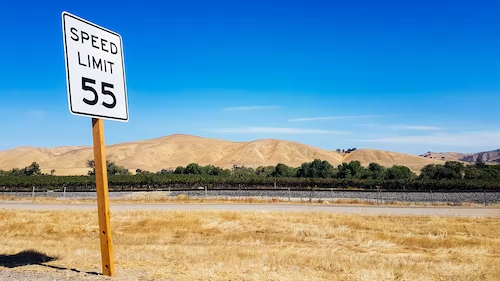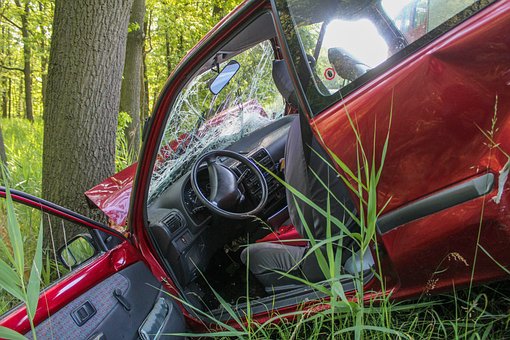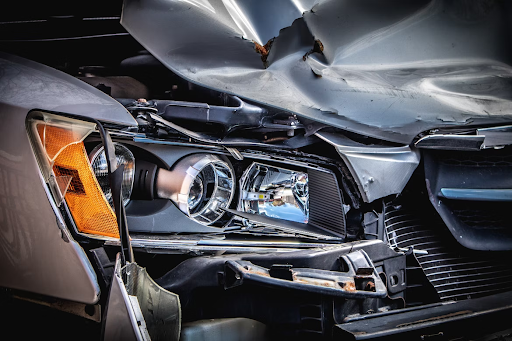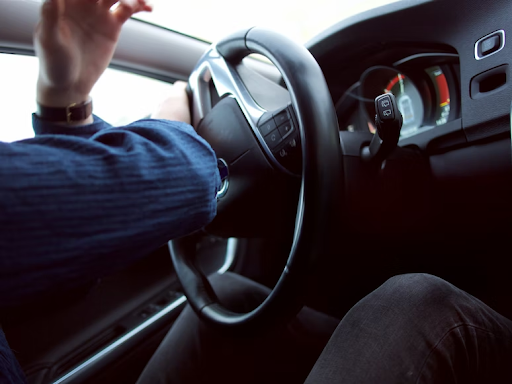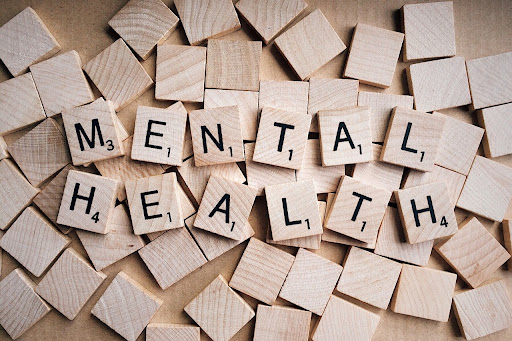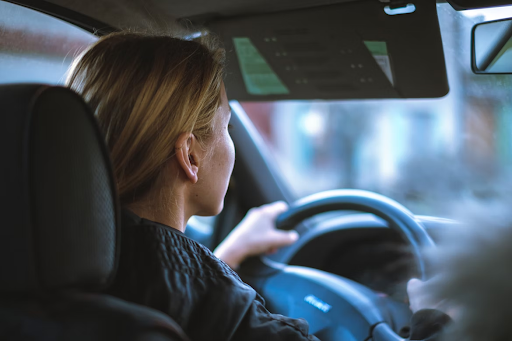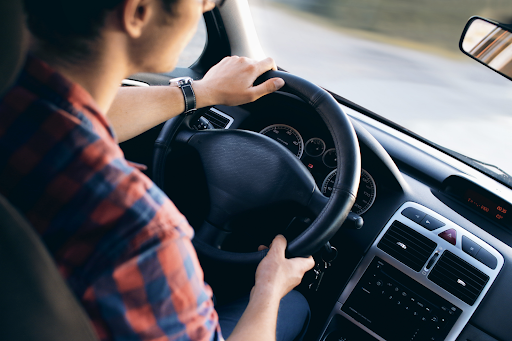6 Useful Things To Know After A Car Accident
No one ever expects to be in a car accident, yet it happens to millions of people every year. No matter how minor or major the crash is, you should always know what to do after an accident since it can help protect your safety and your rights as a driver involved in the crash. Therefore, this article will cover six useful things that you should keep in mind following a car accident in Texas. By understanding these key points, you’ll be better prepared if an unfortunate incident occurs while driving.
Call the police
In Texas, drivers involved in an accident must call the police if anyone is injured or there is more than $1000 worth of damage to property. The police can document the accident and ensure that all parties are safe. You’ll want to provide a full and accurate report of the incident, so it’s important to stay as calm as possible and answer any questions from officers truthfully. Later, this police report can be used for insurance and legal claims.
Consider legal representative
If you’ve been injured in a car accident, it’s important to get the legal help you need. An experienced personal injury attorney can help you determine what steps to take next—filing an insurance claim or filing a lawsuit against the other party involved. They can also advise on reporting an auto accident in Texas, so you can be sure to get the necessary compensation for any loss or damages. Depending on the damage, the report may need to be filed with the Texas Department of Motor Vehicles. A lawyer will also be able to represent you in court if necessary and ensure that all of your rights are protected.
Exchange information with other parties
After a car accident, you should exchange basic contact and insurance information with the other driver. Take notes on the vehicle make and license plate numbers, as well as any other identifying information from the scene such as road signs or landmarks. If possible, take pictures of the damage to both vehicles and get witness statements if any bystanders are present at the scene. Additionally, you may want to make a note of any statements made by the other driver and document any medical attention that’s needed.
File an insurance claim
After exchanging information with the other party, it’s important to contact your auto insurance company as soon as possible. They can help guide you through the claims process, which typically includes filing a written statement and submitting the police report. Additionally, you may be required to provide proof of insurance and other documentation such as medical reports or repair estimates. However, be aware that insurance companies may try to minimize your claim or deny it altogether. An attorney can help ensure that you get the compensation you deserve for any property damage, medical bills, and other expenses related to the accident.
Be aware of time limits
In Texas, there are certain filing deadlines for car accident claims—including insurance and legal claims. Generally, you have two years from the date of the accident to file a lawsuit against another party and/or submit an insurance claim for damages. Be aware that the time limit may vary depending on the specifics of your case. It’s best to consult with a lawyer as soon as possible after an accident so they can help you determine the best course of action and ensure that all deadlines are met.
Be prepared for legal action
If the other party is not willing to cooperate or the insurance company denies your claim, you may have to take legal action. A lawyer can help you build a case and represent your interests in court. Depending on the circumstances, you may be able to sue for negligence or other wrongdoing that led to your injuries and other losses. When filing a lawsuit, it’s important to keep all records of any medical treatment, property damage, lost wages, and other expenses related to the accident. Additionally, you’ll need to file any court documents on time, so it’s best to start working with an attorney as soon as possible.

Navigating the aftermath of a car accident in Texas can be complicated and overwhelming. Knowing what to do after an auto collision is essential for protecting your interests, and rights, and getting the compensation you deserve. To ensure that all steps are taken properly, it’s important to contact an experienced personal injury attorney who can provide legal advice on how to proceed with insurance claims or filing a lawsuit against another party if necessary. With the right guidance, you can get back on the road safely while recovering any losses associated with the accident.
Check Next >https://www.neoadviser.com/locked-your-keys-in-the-car-heres-what-to-do/
